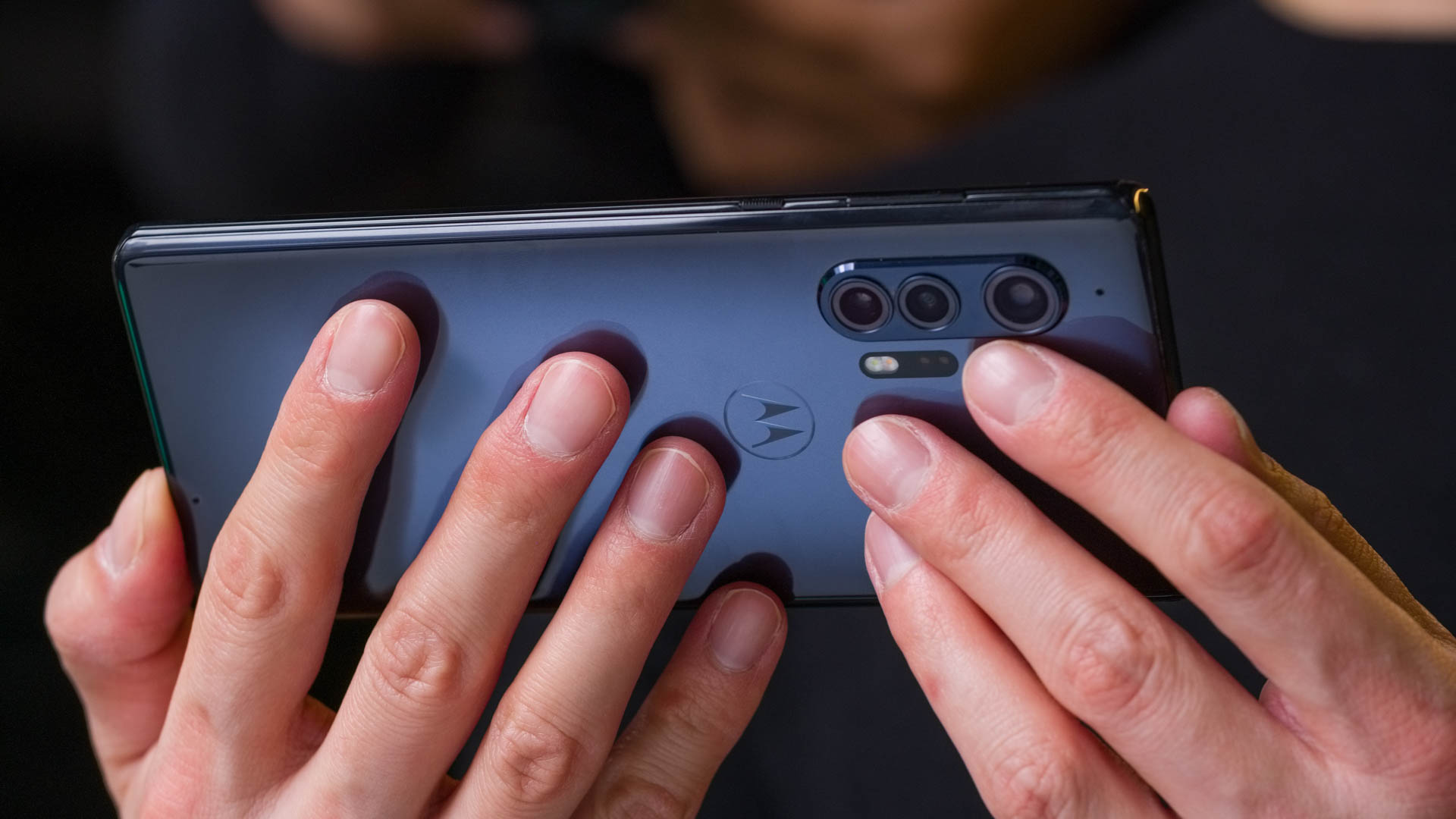

Carrier exclusives have been around for a long time. Whether it was AT&T with the iPhone, Verizon with the Droid, or Sprint with the Palm Pre, carrier exclusives have always been made to lure customers away from competing carriers.
We see this in a number of other industries as well, primarily video games with exclusives on the Nintendo Switch, PlayStation 4, and Xbox One, but also with software. Applications such as Final Cut Pro are only available on Mac OS, while various games only work on Windows.
But in the smartphone space, carrier exclusives have done more harm than good. Great devices are being killed simply because not enough people are on the carrier that sells the device.

 Loading poll
Loading poll A balance of power


When Apple launched the iPhone in 2007, it was an AT&T exclusive. The phone was so compelling, it led AT&T to activate 1.6 million iPhones in the first quarter of sales. Of those, more than 640,000 were new customers, accounting for more than three-quarters of activations.
To make it worthwhile for Apple, AT&T had to pay some unusually high margins on the device. But in the long term, activating hundreds of thousands of new customers helped position AT&T as the telecom powerhouse it is today. AT&T needed Apple a lot more than Apple needed AT&T, and this gave Apple a unique position of power over the carrier.
Other carriers desperately needed an iPhone of their own. So when Motorola launched the Droid a year later, it landed exclusively on Verizon. This gave Motorola a similar power position over Verizon, and helped cultivate a culture war between Android and iOS, and at the time, Verizon and AT&T.
In 2008, there were almost no phones quite like these two devices. If you wanted a real smartphone, you had to buy the iPhone or the Droid, and choosing your smartphone also meant choosing your carrier. But now, things are different. The iPhone has made its way to almost every major carrier, and the Android market offers so many options, you could easily choose a different smartphone if the specific one you want isn't available from your carrier.
A diluted market


We recently went hands-on with the Motorola Edge Plus, which for all intents and purposes seems like a great device. But there's one glaring issue: it's a Verizon exclusive in the United States.
Motorola likely needed to work with a carrier since few would be willing to take its phones in a crowded market. With the massive drop in popularity of Motorola phones over the years, Verizon was Moto's best bet.
But especially in the flagship space, carrier exclusives no longer make sense. There are so many great Android phones, a user can just choose another device if the model they want isn't available. There is no longer a single device that would force hundreds of thousands of people to switch carriers. Especially for Motorola, which has less and less die-hard fans every year. It's an uphill battle.
Of course, there are hardcore fans that might switch for phones like the OnePlus 6T or the Razer Phone, but these are niche groups who make up an extremely small portion of the market. Razer needed AT&T's money more than AT&T needed the Razer Phone. The power is now in the hands of the carriers, not the manufacturers.
A death sentence


In 2020, releasing an Android phone on a single carrier is almost a death sentence. The Essential Phone, Google Pixel 3, and more were released as carrier exclusives, and sales severely suffered as a result.
Essential reportedly sold only 5,000 units of the Essential Phone through Sprint in its first month, and Google sold far fewer Pixel 3 devices than projected in its first quarter. This wasn't because the phones were bad — they received high praise by Android Authority and others. The reality is, mass availability is one of the best ways for a smartphone to succeed.
A $1,000 phone with little brand cache on one carrier during a global pandemic? That's not a recipe for success.
The same goes for Motorola. The Edge Plus is launching exclusively to Verizon for $999 in a world where you can get a Samsung Galaxy S20, OnePlus 8, or even an iPhone for a similar price or less. Add that to the fact that people are sure to spend less on expensive phones because of the global pandemic, and you've boiled down Motorola's potential sales into a small bucket in the corner.
The importance of availability has been shown with the Google Pixel 3a. The device was the first from Google to be sold directly through Amazon and other retail channels, and sales skyrocketed. Of course, getting your phone inside carrier stores is important, but the ability to choose the device you want and bring it to the carrier of your choosing is extremely valuable to consumers, especially if you can buy it without a contract.
If manufacturers want their phones to succeed, they need to sell them through as many channels as possible. This year OnePlus is making the OnePlus 8 available on Verizon, T-Mobile, OnePlus.com, and Amazon. While the phone hasn't even launched yet, there's a good possibility the series will sell far better than the OnePlus 7 or OnePlus 7T series, purely because of availability.
Would you switch carriers just to get the phone you want?
More posts about Motorola
from Android Authority https://ift.tt/3aDk1Vk
via IFTTT










No comments:
Post a Comment